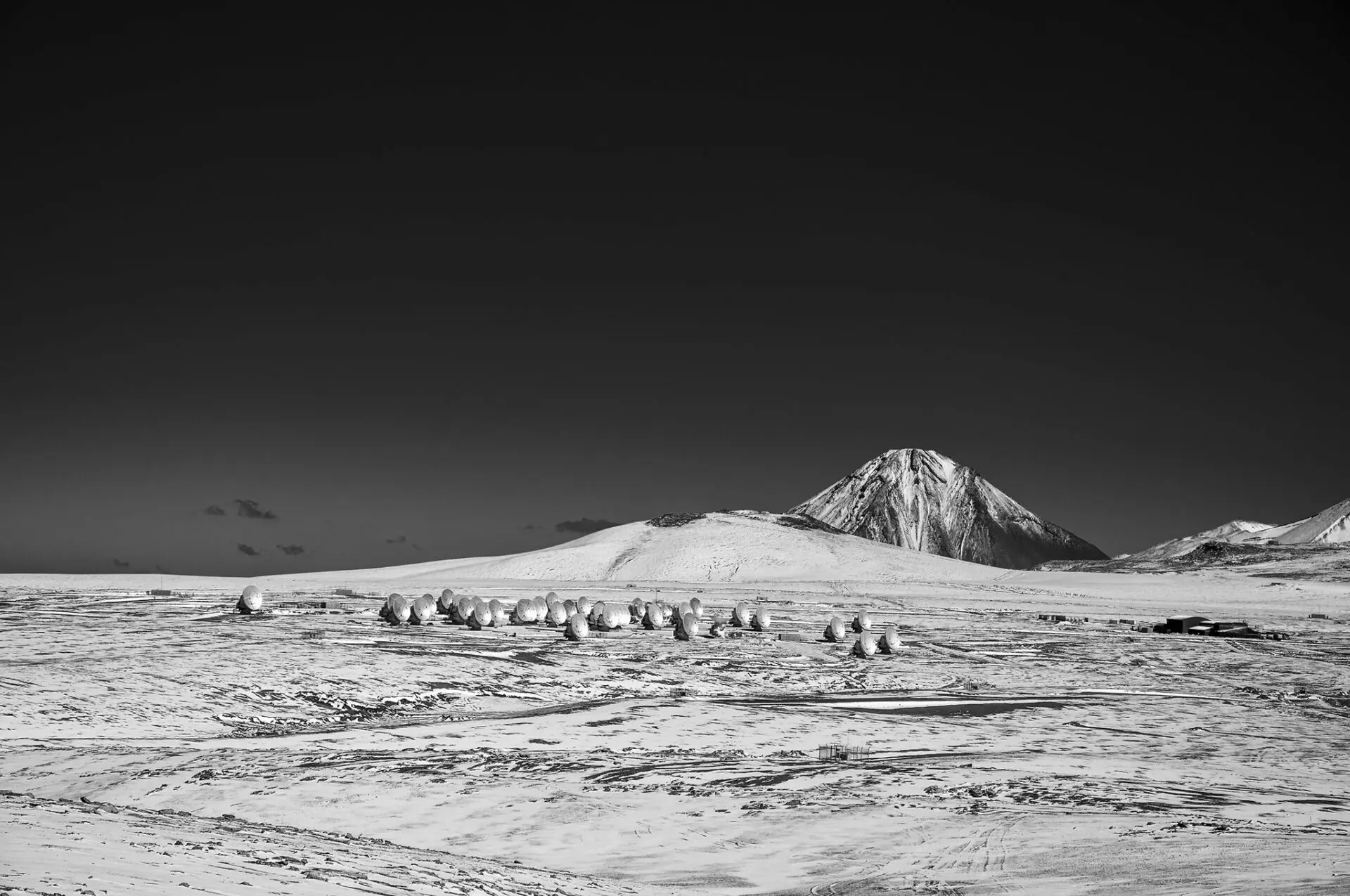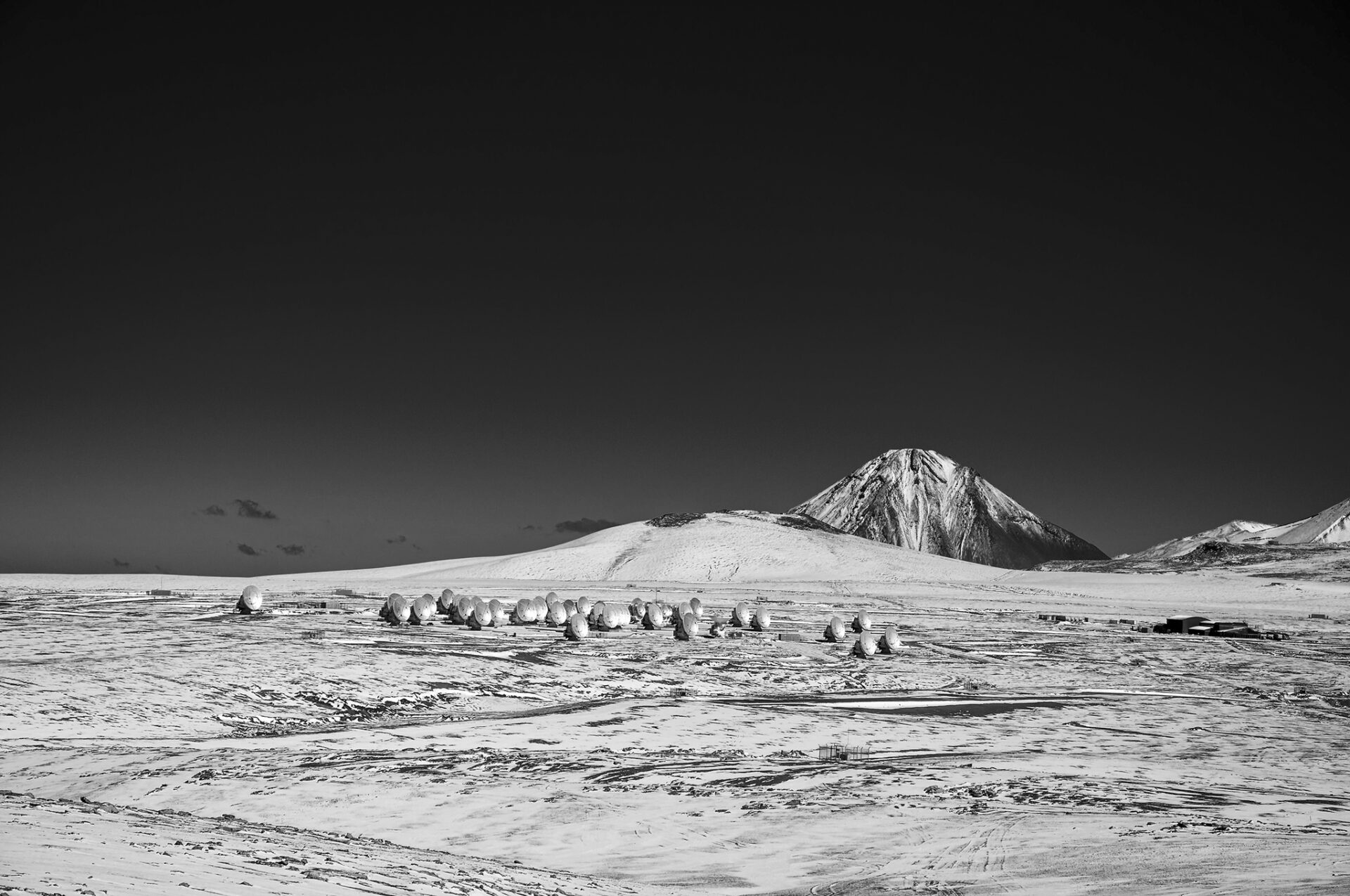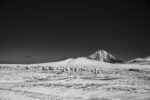Protecting ALMA's Skies
The Atacama Large Millimeter/submillimeter Array (ALMA), renowned for observing the cosmos's darkest and most distant corners, has taken a step to ensure its observations remain unaffected by human-made interference. A recently concluded study, led by senior Radio Frequency (RF) engineer and Spectrum Manager Giorgio Siringo, alongside ALMA Director Sean Dougherty, presents an extensive analysis of the current and future challenges of radio frequency interference (RFI) to ALMA's operations. This white paper, "ALMA Spectrum and Radio Frequency Interference," meticulously identifies vulnerabilities from sources of interference and proposes robust mitigation measures to safeguard ALMA's valuable observations.
At the heart of ALMA's exceptional capabilities lies its extensive frequency range, spanning from 35 GHz to 950 GHz in ten distinct frequency bands. This comprehensive range is vital for ALMA's mission to unlock the Universe's secrets. However, it also exposes the observatory to potential RFI from both terrestrial and space-based sources. The white paper highlights the protective measures in place, including Chile's Subsecretaría de Telecomunicaciones (SubTel), a Chilean Government Department, exempt resolutions establishing a protective zone around ALMA to minimize any impact of ground-based emissions. The advent of satellite constellations presents new challenges that necessitate proactive management and international collaboration.
The white paper's findings underscore the importance of the ALMA Spectrum Management Office's role in coordinating with Chilean and international institutions to mitigate RFI risks. The ongoing development of telecommunication satellite constellations, including SpaceX's Starlink and Amazon's Kuiper, emphasizes the need for updated regulations and national and international strategies to prevent interference from spaceborne transmitters.
In response to these evolving challenges, the ALMA community is not just being reactive but engages actively with regulatory bodies and satellite operators to ensure that the observatory's needs are considered. This includes advocating for measures such as maintaining a minimum distance for satellite gateway stations from the observatory and updating regulatory frameworks to account for the rapidly changing satellite landscape.
The ALMA Spectrum Management Office is collaborating in Chile with the Radio Sub-Committee of the Light Pollution Working Group of the Chilean Astronomical Society (SoChiAs) and the Chilean Low-Earth Orbit Satellites Group (CLEOsat), internationally with the Centre for the Protection of the Dark and Quiet Sky from Satellite Constellation Interference (CPS) of the International Astronomical Union (IAU), with the National Radio Dynamic Zones (NRDZ) initiative of the National Radio Astronomy Observatory (NRAO) of the USA, and with the Committee on Radio Astronomy Frequencies (CRAF) of the European Science Foundation (ESF), and participating in the preparatory meetings for the WRC-27 of the International Telecommunication Union (ITU).
As ALMA ventures deeper into the cosmos, revealing the Universe's most profound secrets, the dedication to protect the observatory's ability to observe without interference must intensify. The "ALMA Spectrum and RFI" white paper lays out a thoughtful strategy for navigating the challenges posed by radio frequency interference, underscoring the observatory's commitment to maintaining the quality of its celestial observations.
In this era of rapid technological advancement and the burgeoning expansion of satellite constellations, safeguarding the skies is not just a task for astronomers and regulatory bodies — today, it is a shared global responsibility.
The complete White Paper is available to download here.
Additional Information
ALMA is a partnership of ESO (representing its member states), NSF (USA) and NINS (Japan), together with NRC (Canada), NSTC and ASIAA (Taiwan), and KASI (Republic of Korea), in cooperation with the Republic of Chile. The Joint ALMA Observatory is operated by ESO, AUI/NRAO and NAOJ.
Image

Contacts
-
Nicolás Lira
Education and Public Outreach CoordinatorJoint ALMA Observatory, Santiago - ChilePhone: +56 2 2467 6519Cel: +56 9 9445 7726Email: [email protected]


